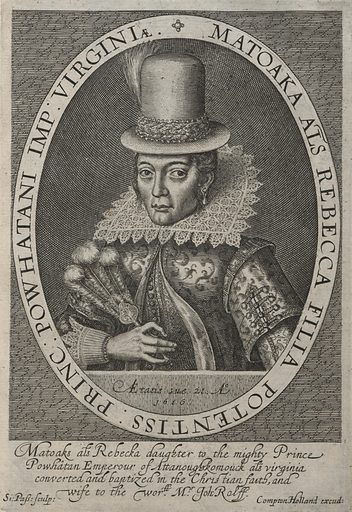Winston Churchill is known as the Prime Minister of the United Kingdom during World War II, and was instrumental in creating the alliance between the UK, the US, and the Soviet Union against Nazi Germany. His political career spanned half a century. At the age of 80, aware of his waning health, which included a series of strokes, he stepped down and was succeeded by Anthony Eden.
The Mayflower was a famous ship that carried English Pilgrims to the New World in 1620. It set sail on September 16 with 102 people on board from Plymouth, England, to what is now Plymouth, Massachusetts, in North America. The journey lasted 66 days, where, although passengers endured hard conditions, only one person died. Upon arrival, they established the Plymouth Colony, one of the earliest English settlements in North America. Half of the Pilgrims died of disease shortly after arriving. After a year and a half in the new World, the Mayflower began its journey back on April 5, 1621.
Pocahontas was born around 1596 and was the daughter of Powhatan, the paramount chief of Tsenacommacah. She converted to Christianity and married john Rolfe, an English settler, on April 5, 1614. Their marriage helped establish a period of peace between the English colonists and the Powhatan Indians for a few years. She traveled to England with her husband and young son in 1616, where she was presented as an example of a “civilized” Native American. She died in England in 1617 around the age of 21.
– Don’t miss out on To Vima’s daily “On this Day in History” posts.







